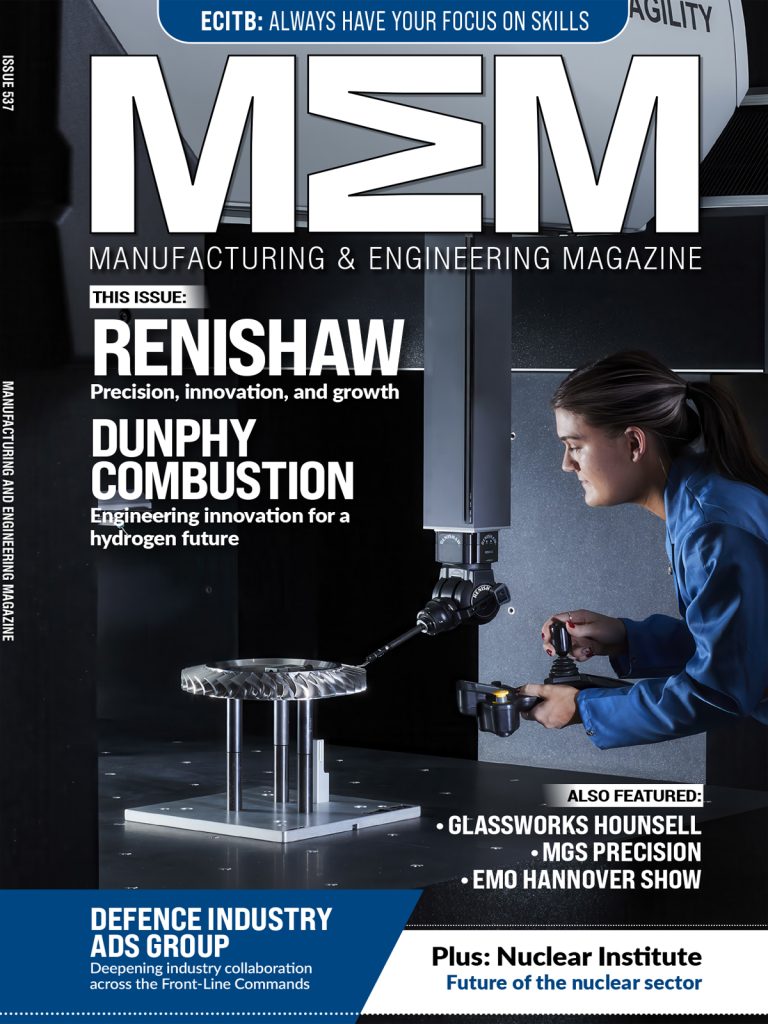According to the Society of Motor Manufacturers and Traders, automotive manufacturing fell by 11 per cent last summer. Among the reasons cited for this decrease was growing demand for customisation and an increase in car model changes. Lee Sullivan, Regional Sales Manager of automotive software supplier COPA-DATA UK, explains how automotive manufacturers can embrace easy customisation by using automation software.
Looking back to the infancy of automotive manufacturing, vehicle production was highly customisable. Built for the upper classes, creating a car required the skill of capable craftsmen, allowing the customer to specify their desired features. The rise of mass production however, meant this capacity for customisation was reduced.
Regarded as a pioneer in the standardisation movement, Henry Ford revolutionised automotive assembly. Breaking down the production of the Ford Model-T into 84 distinct steps, the speed of this vehicle leaving the line at the Highland Park assembly plant was reduced from over twelve hours, to just 90 minutes.
Albeit very effective at driving down unit cost, uniform mass production of this type is notoriously inflexible and inefficient.
Breaking the mould of standardisation, BMW spearheaded customisation in 2000, with the first edition of the modern MINI. Since then, built-to-order cars have become increasingly commonplace. Customers can now customise vehicles to the minutest detail, including exterior body paint, upholstery, interior styling and vehicle technology.
However, the traditionally rigid structures of automotive production can still withhold manufacturers ability to customise on a mass scale.
Modular production
Modular production lines can allow for greater flexibility in manufacturing. For instance, creating machines with interchangeable sections of equipment provide production lines with the agility to focus on model “changeover time” and “recovery”. With this method, it is no longer necessary that each product be identical to gain the financial advantages associated with mass production.
While impressive, these individually configured machines must be controlled in a uniform way. Otherwise, each machine must be individually programmed and operated for each different variation of the vehicle. — a time consuming and laborious process if completed manually. So, how can this be automated?
Automating customisation
Consider this as an example. A customer has specified a non-uniform paint combination for their vehicle. Rather than grey paintwork, which comes as standard, this car needs metallic blue body paint, a white roof panel and matching white wing mirrors.
Using traditional manufacturing methods, completing this request would necessitate individual attention from production operators. However, using automation software, this request can be processed and completed automatically.
Beginning with the customer’s decision at the car showroom, the vehicle specification essentially becomes a package of data or “lot”. The lot size one business model creates smaller batches of products, but by listening to customer needs, this method of production allows manufacturers to take advantage of trends and adapt to demands.
Manufacturing of smaller batches like this requires customised machines that can cater for multiple variants. For instance, when the vehicle needs to be sprayed with paint, these variants can depend on the size of vehicle and positioning of bodywork such as the sunroof and fuel cap.
Depending on the production outlook for this variation of vehicle, software can automatically generate lead times for the customer, and this data is also used to optimise production. For instance, utilising COPA-DATA’s automation software, zenon, a manufacturer can build a “Digital Twin” of the manufacturing process.
Intelligent control software provides the automotive industry with a competitive edge, this data can inform the planning department on the most efficient sequence for production and inform the logistics team on the best product workflow.
Not only does this ensure consistency between cars but importantly also reduces waste associated with changeovers.
Customised data collaboration
The sheer volume of data generated in automotive facilities is immense. As a result, this information can be interpreted and used to collaborate in a plethora of ways. zenon uses this data on a range of different collaboration services, including AI technology and Gateway systems, providing stakeholders with the information that is most valuable to them.
Plant managers, for example, are currently provided with HMI dashboards comprised of productivity and efficiency data, which can be compared directly against factory KPIs. Using machine learning, plant managers can determine whether the production line will meet its quota. Using AI and the data generated from zenon, these informed predictions will lead to improved manufacturing.
Famously, automotive manufacturing relies on getting things right first time. However, increasing levels of customisation can increase the likelihood of error.
Using a software platform like zenon, which can be viewed onsite using a HMI, mobile device or through mobile messaging, plant managers can be alerted of errors from multiple systems allowing them to avoid costly mistakes in production.
Demand for customisation isn’t slowing down, but neither is the industry-wide demand for fast and error-free production. Henry Ford may have transformed automotive assembly, but the future of vehicle production looks far more flexible, modularised and software-driven than the standardised processes of the past.















